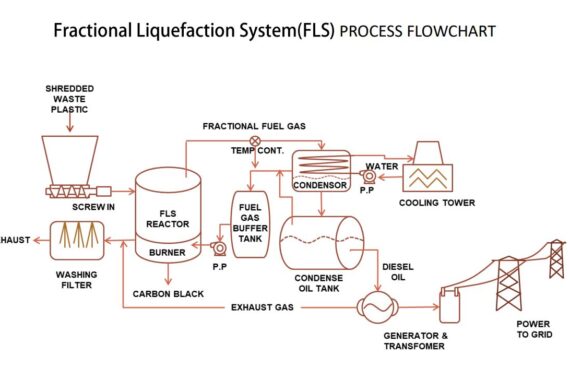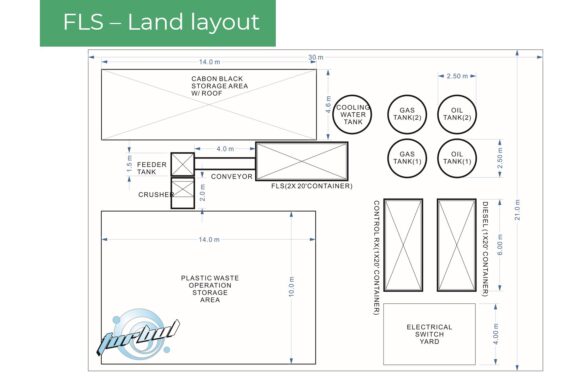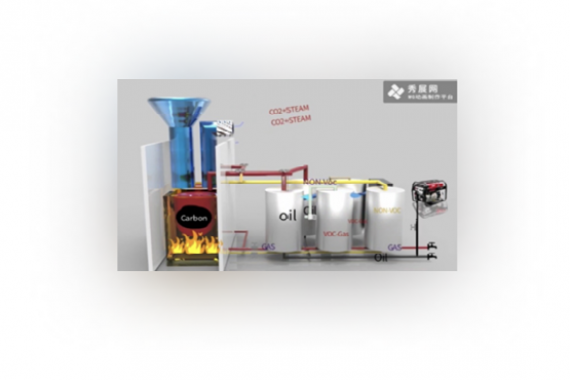The study by Lebreton, Egger and Slat challenges the previous hypotheses that plastics in the surface ocean have a very short lifetime, quickly degrade into microplastics and sink to greater depths. Their results suggest that macroplastics can persist for decades; can be buried and resurfaced along shorelines; and end up in offshore regions years later.
If true, this matters a lot for how much plastic we would expect in our surface oceans in the decades which follow. The same study also modelled how the mass of plastics – both macro and micro – in the world’s surface waters might evolve under three scenarios:
we stop emitting any plastics to our oceans by 2020;
‘emissions’ of plastic to the ocean continue to increase until 2020 then level off;
‘emissions’ continue to grow to 2050 in line with historic growth rates.26
Their results are shown in the charts.
The scenarios of continued emissions growth are what we’d expect: if we continue to release more plastics to the ocean, we’ll have more in our surface waters.
What’s more striking is that even if we stopped ocean plastic waste by 2020, macroplastics would persist in our surface waters for many more decades. This is because we have a large legacy of plastics buried and awash on our shorelines which would continue to resurface and be transported to offshore regions; and existing plastics can persist in the ocean environment for many decades.
The amount of microplastics in our surface ocean will increase under every scenario because the large plastics that we already have on our shorelines and surface waters will continue to breakdown. And, any additional plastics we add will contribute further.
This also matters for how we solve the problem of ocean pollution.
If we want to rapidly reduce the amount of both macro- and microplastics in our oceans, these results suggest two priorities:
Number one — we must stop plastic waste entering our waterways as soon as possible. Most of the plastic that ends up in our oceans does so because of poor waste management practices – particularly in low-to-middle income countries; this means that good waste management across the world is essential to achieving this.
But this ambitious target alone will not be enough. We have many decades of legacy waste to contend with.
This makes a second priority necessary— we have to focus our efforts on recapturing and removing plastics already in our offshore waters and shorelines. This is the goal of Slat, Lebreton and Egger – the authors of this paper – with their Ocean Cleanup project.
All right to: Hannah Ritchie and Max Roser
https://ourworldindata.org/plastic-pollution
Plastic Pollution
This article was first published in September 2018. It was updated in April 2022 based on the most recent research.







